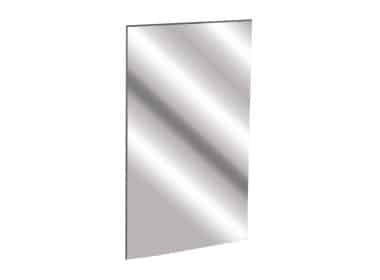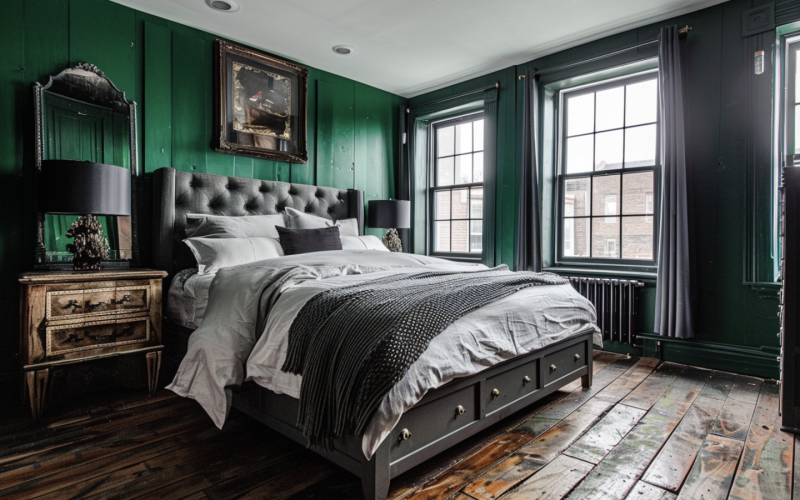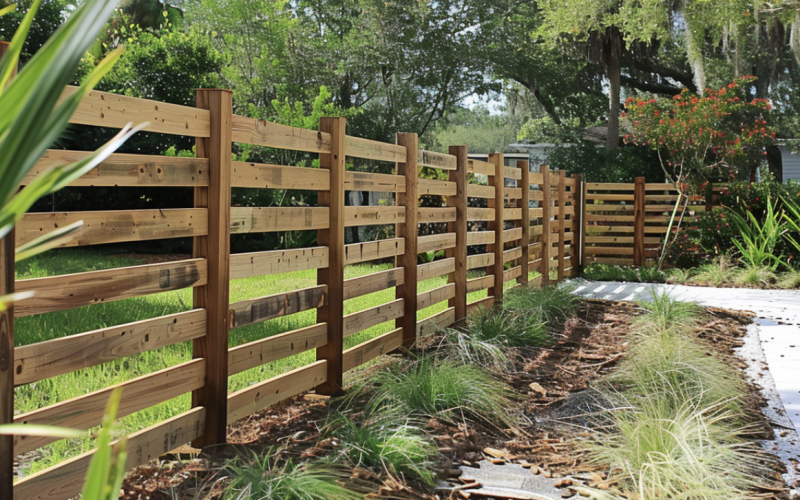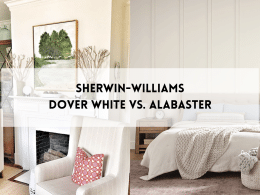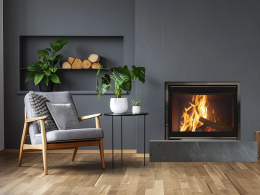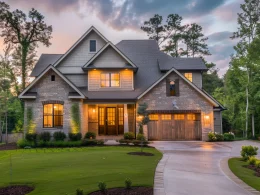When decorating your living room, choosing the right color combination can make all the difference in creating a stylish and inviting space.
You may wonder, “Do grey and green go well together?” The answer is a resounding yes!
Combining these two versatile hues can create a refreshing, modern look that brings a touch of nature indoors.
Using gray-green color schemes and incorporating shades of both can create a balanced and soothing atmosphere.
In this article, we’ll explore how to pair grey and green effectively in your living room. We’ll showcase stunning examples and provide practical tips to help you achieve the perfect color scheme.
Get ready to discover the beauty and harmony of this timeless color duo.
Understanding Grey in Interior Design
Thanks to its wide range of shades and versatility, Grey has become a foundational element in interior design.
Its popularity spans various design aesthetics, serving as a neutral backdrop or a feature color.
Various Shades of Grey
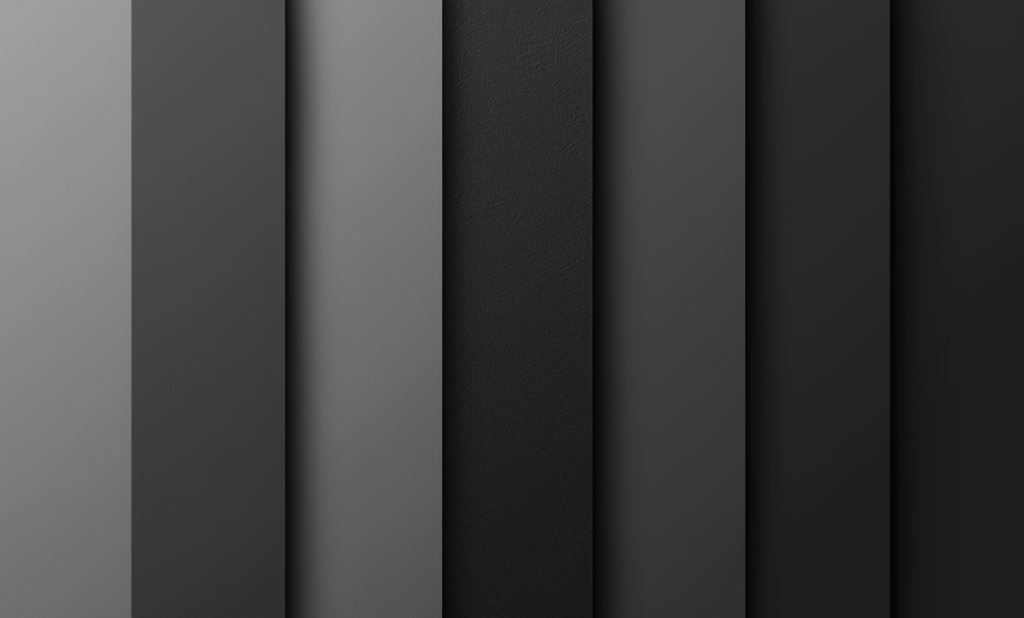
The grey shades range from light, pale tones to deep charcoal hues.
Greige, a blend of grey and beige, is a popular shade that offers a warm, minimalist look.
Different shades can influence the mood and perception of a space.
The Versatility of Grey
Grey complements both cool and warm color schemes, enhancing its versatility.
Cool greys paired with blues and greens evoke calmness and serenity, while warm greys alongside yellows and reds create a cozy, inviting environment.
Grey is used in different design styles:
- Minimalistic: Employing grey for a clean, uncluttered look.
- Traditional: Using darker shades to add depth and formality.
- Modern: Integrating grey with bold contrasts or as a smooth, neutral base in contemporary designs.
Exploring Green’s Versatility
Green is a psychologically beneficial color known for its calming, refreshing, and revitalizing effects on the mind and body.
Research findings suggest that green can improve mood, reduce stress, and enhance mental clarity, making it a preferred choice for environments for relaxation and rejuvenation.
Different Shades of Green and Their Uses

The range of green shades offers specific vibes and applications:
- Sage Green: Praised for its muted, soothing properties, it is ideal for bedrooms and living areas where calm is paramount.
- Olive Green: Offers an earthy, rich quality that works well in more traditional or rustic settings.
- Neon Green: Adds a vibrant, energetic touch for accent pieces or areas desiring a focal point.
- Forest Green: It evokes depth and sophistication and is commonly used in studies or libraries for its association with nature and concentration.
Green’s Connection to Nature and Interior Design
Green’s association with nature influences interior design choices, promoting a connection to the outdoors.
Biophilic design integrates natural elements within architectural parameters to increase occupant connectivity to the natural environment.
Incorporating green through paint, houseplants, natural wood finishes, and textiles can enhance a space’s naturalistic feel.
Combining Grey and Green: Do They Go Well Together?
Pairing neutral grey with vibrant green achieves an aesthetic and psychological balance, bringing grounding and vitality to a space.
Depending on the shades and proportions used, this versatile combination can create different atmospheres, from tranquil and soft to dynamic and bold.
Living Room

Light grey walls provide a soft backdrop for pops of green in cushions, plants, and artwork, creating a lively yet relaxed living space.
Kitchen

Charcoal grey cabinetry complemented by green backsplashes or accessories blends functionality with nature-inspired aesthetics in a modern kitchen design.
Bedroom
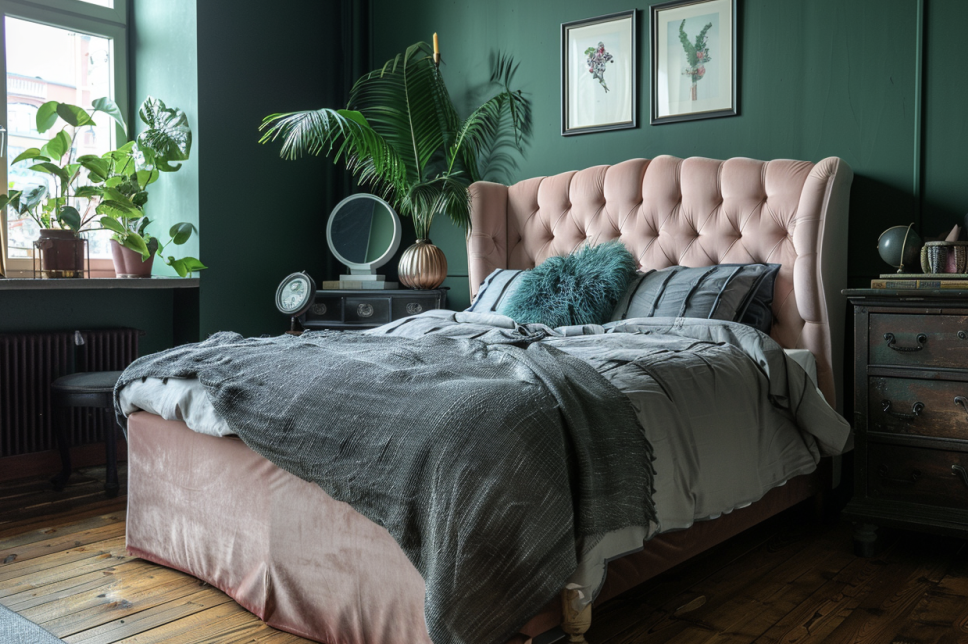
A deep forest green wall behind a bed of light grey linen offers a sophisticated and comforting retreat.
Practical Tips for Homeowners for Green Grey Combo
1. Choosing the Right Shades of Grey and Green
When selecting shades, consider the space’s natural lighting, size, and intended use.
Lighter greys expand a space visually, while darker greys add drama and depth.
For green shades, consider the room’s mood: vibrant greens are for energetic spaces like playrooms or home offices, and muted greens are for calming areas like bedrooms or studies.
A color wheel tool can help homeowners understand complementary and contrasting colors for grey and green, enhancing their ability to choose confidently.
2. Accessories and Furnishings to Complement Grey and Green Interiors
Accessories and furnishings that enhance grey and green rooms include metallic accents (silver or gold), wood tones (for warmth), and white or black elements (for contrast).
Specific items like green throw pillows on a grey sofa, grey drapes in a room with green walls, or green vases on grey shelves can tie the look together.
Texture also plays a role; plush fabrics add a luxurious feel, while sleek materials create a modern look.
3. Maintenance of Grey and Green Color Schemes
Choose washable paint finishes for high-traffic areas and fade-resistant fabrics for sun-exposed rooms to maintain the vibrancy and appeal of grey and green interiors.
Regular cleaning and dusting keep the colors fresh; use safe cleaning products for colored surfaces.
Periodically update the color scheme by changing out accent pieces seasonally, incorporating new trends in small doses, or refreshing wall colors after a few years to combat fading.
4. Tips from Interior Designers on Grey and Green Combo
Professional designers advise selecting the right shades and textures of grey and green to achieve the desired effects.
For instance, choose matte finishes for a subtle look or glossy ones for a more vibrant feel.
Proportion and placement are crucial; green as an accent color in a predominantly grey room can enhance rather than overwhelm.
Expert tips from interior designers include:
- Integrating metallic elements like brass or copper to add warmth.
- Using natural wood tones to bridge the gap between the colors enhances the organic feel.
- Considering the room’s lighting when choosing shades, as natural light can significantly affect color perception.
Summing It Up
Combining grey and green in your living room can create a stunning, balanced, and nature-inspired space.
By understanding the versatility of both colors and their psychological effects, you can choose the perfect shades to evoke the desired atmosphere.
Whether you prefer a tranquil and calming environment or a dynamic and energetic one, the grey and green color palette offers endless possibilities.
Experiment with different accessories, textures, and finishes to complement your chosen hues and maintain the vibrancy of your interior over time.
With these practical tips and inspiring examples, you’re well on your way to designing a grey and green living room that perfectly reflects your style and enhances your well-being.
Ready to start your journey towards a beautifully balanced living space? Share your thoughts and experiences in the comments below!




